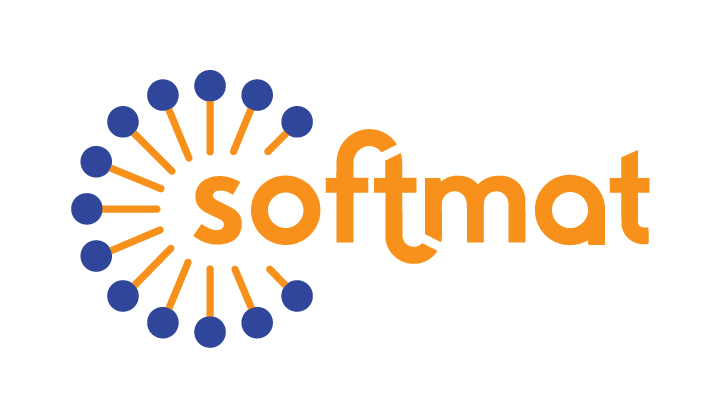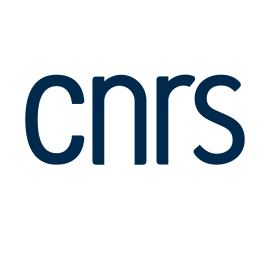Seminar by Dr Laure Gibot / IPBS

Monday 5th of February 2018 - 2pm - Maroni room / MHT
Laure Gibot, researcher at the Institute of Pharmacology and Structural Biology, will give a talk about: Electrostimulation of wound healing: towards a more effective therapy
Chronic wounds are a serious public health issue. Classical options for wound treatments are debridement, antibiotic therapy, compressing bandaging and wound dressing. However, some more innovative therapies are available. Among them, electrical stimulation is a promising technology, especially because it is based on a physical natural process and not on pharmacological drugs. Indeed, a cutaneous wound creates a break in the epithelium and its transepithelial potential which generates an endogenous electric field at the wound margins. This endogenous electric field displays some major effects on cells: activation of migration, proliferation, angiogenesis… On the other hand, when the cell is exposed to high external electric field far from endogenous electric field parameters the plasma membrane becomes permeable for ions, drugs and molecules as large as plasmid DNA, which are otherwise impermeable. This physical phenomenon of cell permeabilization by external pulsed electric field application is named “electroporation”. During medical applications of electroporation, especially for local cancer treatment (i.e. electrochemotherapy), clinicians commonly observed, but cannot explain, aesthetic and functional wound healing of the treated sites.
The hypothesis of the project presented here is that electric parameters used in electrochemotherapy and gene electrotransfer stimulate cells and promote cutaneous wound healing via induction of keratinocyte proliferation, migration and differentiation, extracellular matrix deposition by fibroblasts and promotion of (lymph)angiogenesis. Thus, objectives are to understand, visualize and quantify cutaneous cell and tissue responses to this external electric field application. To answer these questions, the study will be conducted on 3D human skin substitutes reconstructed by innovative tissue engineering technique.


